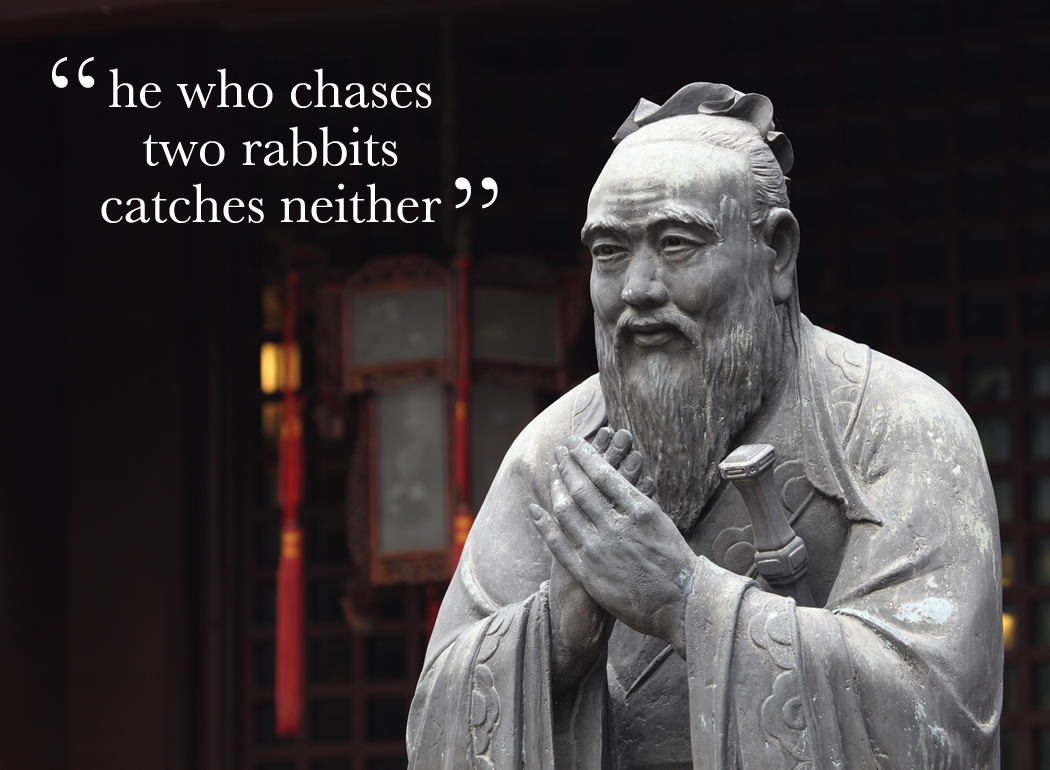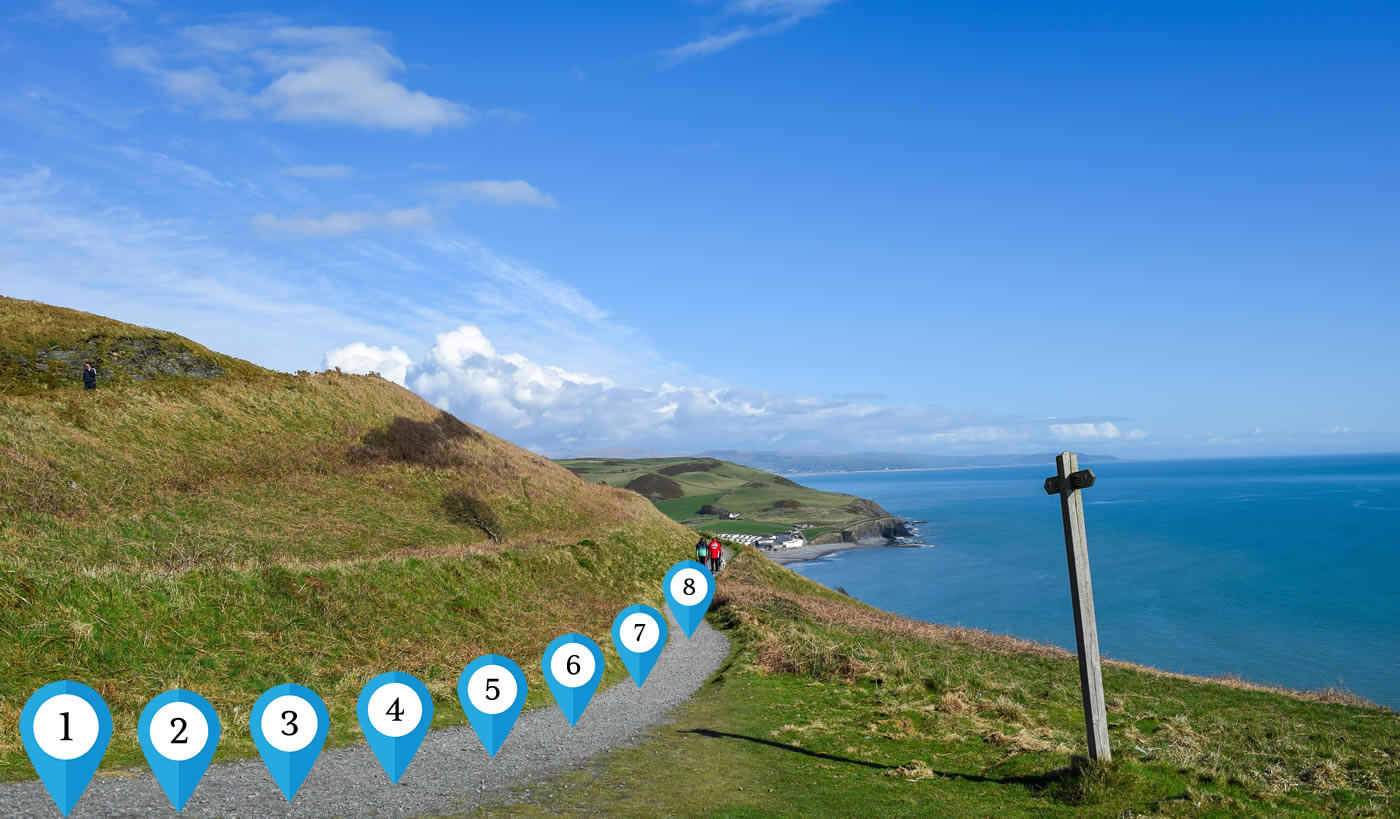Step 1
Tourists are identified as a target audience for your museum.
From the first marketing module, you'll have learned what marketing is and isn't, some useful terminology, and how to develop your marketing objectives and an impactful marketing mix.
The goal of this module is to help you to create a marketing strategy for your museum.
Start by watching the video below…
Defining and explaining your museum’s offer is probably the most important part of the whole marketing process. The first question to ask yourself is what makes my museum special?
To help you define what’s special about your museum, click the slider to select some or all of the phrases which apply to your museum:
| Our collection tells one particular story really well | |
| Our collection includes rare and unique exhibits | |
| We offer a great visitor experience | |
| We have knowledgeable volunteers on hand to talk to visitors | |
| Our exhibits capture unique local culture and history | |
| Our museum is housed in a building of historic significance | |
| Our museum is located in an area of historic or national significance | |
| We engage positively with our community through events and/or outreach | |
| We have excellent facilities (toilets and baby change, café and tourist information) | |
| Other |
For each of the statements you applied to your museum, describe how and why it is applied, for example, if you included "Our museum is housed in a building of historic significance" you might write:
My Museum is one of the oldest buildings in the town, a Grade II listed Tudor Guildhall. The 550-year-old building has been used variously in its lifetime as a magistrate's court, prison, town hall and museum, and tells this story through exhibits and artefacts.
When you have written a story that describes why you have applied each of the statements to your museum, you will have defined your museum’s offer.
Now let’s get to grips with your museum’s current marketing approach. This will help you to understand where you are and what your priorities need to be in order to deliver your marketing objectives. Download our Marketing Audit and complete it honestly and openly. Don’t worry if you can’t tick many of the boxes.
Looking at the items you ticked (and didn’t tick) within the Marketing Audit, use this to help you to complete a SWOT (Strengths, Weaknesses, Opportunities, Threats) analysis of your current marketing.
If you’re not familiar with SWOT analysis, or would like a bit of a refresher, you can learn more here:
You can’t do everything at once, so think about what are the most important things to do first - your priorities. Maybe it’s to create a website that is usable across lots of different devices or developing some great content with high-quality photographs. Look for threats that might be turned into opportunities!
Undertaking a marketing SWOT analysis will help you to focus in more on the opportunities and challenges specific to effective marketing, such as skills, networks or relationships in a more detailed way.
Download a SWOT analysis template here:
Do you know who your audience is?
Market segmentation is how you divide your existing and potential market (audience) into groups that have similar characteristics and behaviours. These could be based on their interests, what they look for from a day out, their income or their lifestyle. These characteristics and behaviours influence how people make decisions. Understanding this is key to building new audiences and growing existing ones.
The main reason you would want to segment your museum’s market is so that you can focus on a group’s needs and develop a really effective marketing mix that appeals directly to them.
As we mentioned in Module 1, if you’re looking for greater numbers of visits, it’s crucial to focus on the biggest groups first and not get too caught up with addressing smaller niche markets that are harder to reach and less impactful. For example, if your museum is in a town with high numbers of families but no university or college nearby, it would be more sensible to focus on marketing to family groups rather than to students. This approach is essential if your marketing resources are limited. Time spent researching who lives or visits your local area is really important.
Market segmentation might sound a bit technical, but it’s really about common sense. Changing your whole museum’s offer for a particular audience would be a bit of a challenge, but there are always ways to improve the experience for audiences or tailor certain parts of the museum to potential visitors. Temporary exhibitions, events, the way you communicate your museum’s offer in your marketing, or even changes to the way a volunteer greets the public at a welcome desk are all ways to break down the barriers between audiences and museums.
To help you define your audience and their needs, download our Know Your Market template:
What’s your museum’s position?
Your market position is all about how people perceive you in relation to your competitors and what differentiates you.
Do you know who your main competitors are (your competitor set)? Some will be other cultural attractions (direct competitors) but also consider different sorts of attraction/activity that compete for the time, attention or money of your audiences, for example, the local park the cinema, restaurants, the beach etc. Do you know how you differ from them (in both good and bad ways)?
Download and complete our template to help you assess your position with reference to your competitors:
Knowing and understanding what your museum’s market position is will help you make better decisions about what you do and don’t do. Your brand must be authentic and based on your museum’s values.
Not sure how your values can be reflected in what you do and how you do it? Take a moment to read a blog from global brand developer Wolf Ollins. While this blog is written from the perspective of a larger organisation, the topics are just as relevant to smaller and voluntary organisations, like your museum.
To learn more about branding in the heritage and culture sector, listen to this podcast from the V&A. While this podcast relates to a national museum of international importance, the points raised within the blog may apply equally to your museum.

By being really clear about who you are and what you do, you can focus what limited marketing resources you have, much more effectively.
A strong clear offer (or ‘brand’) will not only help you grow your audiences but can reduce the amount of effort and resource you need to reach them in the first place.
You could base your position on what you feel are your museum’s best attributes, for example, price, location, your values and ideas, the uniqueness of your collection or your building etc.
By developing your own positioning, you have more control over your image and how people perceive you, which is better than just leaving it to fate.
You should now have a good idea of who you are and what you do in relation to your local competition. You should also have a clear idea of who your existing and potential customers are and what matters to them, and how these all line up together.
So now the next step is to think about promotion. Promotion is usually what people think of as marketing, but you know now that it is just a part of that mix.
Promotion is about spreading the word about what you do in an engaging way and remembering that it needs to appeal to your target audiences who may have different needs and values to you.
We are going to break it down into 3 areas
When we talk about ‘channels’ what we mean is the way in which you reach your customers, how you let them know about you, your products and services.
There are a huge number of marketing channels to choose from and some will be far more effective for you than others. We’d suggest that you start with considering the following which tend to be the ones that museums use the most. Point to each card to flip it and reveal the pros and cons of each:

e.g. your website
Can reach a wide audience
Google AdWords can be set up to target very specific target audiences
Good websites need to be well maintained and up to date
A poor website can deter visitors

e.g. Facebook, Twitter etc.
Cost-effective
Can reach a wide audience
Can reach new audiences all over the world
Some advertising, such as Facebook ads can be set up to target very specific audiences
Fairly easy to measure return on investment for social media advertising
You have less control over what is shared
It’s hard to measure how effective some social media activity is

e.g. newspapers, leaflets
You can easily reach your target audience
You can keep the materials and reuse e.g. leaflets
It’s visible and museum stakeholders often feel comfortable with it
It’s easily accessible for most audiences
Multiple costs involved (design, print, distribution)
Difficult to measure impact of distribution over long periods of time
A poor leaflet will deter visitors

e.g. recommendations
Great face to face contact
Free
People trust recommendations – it’s effective
Reach relatively few people

e.g. radio and newspaper reporting and what’s on
Inexpensive
Effective and trusted
Can help reach new or wider audiences
Takes time to develop relationships
It’s not guaranteed – at the discretion of journalists or bloggers
Depending on your target audience you will vary your message and how you get it out there. This may be a combination of different channels, for example, you may choose to use online marketing with social media or print with broadcast, it will all depend on who it is you want to communicate with as different audiences will be more receptive to different channels.
Each marketing channel has different tools that you can use, but let's keep it simple by looking at the three key ones.
Your most important tool is your website; a good website will engage people and increase museum visits, improve donations and encourage new volunteers. A bad website will do exactly the opposite. A website doesn’t need to be expensive or have lots of fancy features, at its most basic it needs to be:
The three most important rules to remember with social media are:
Different audiences will use different platforms, though Facebook is still the most powerful tool, many younger audiences are now using Instagram and Snapchat . With the three rules in mind, think carefully about which platforms will be most effective to attract your target audiences.
Create a really straightforward strategy:
Good quality images are essential on social media to grab people’s attention and inspire them. Poor quality pictures will do more harm than good. So, before you post that picture think about:
There are great online tools to help you, including apps like Snapseed and Adobe Lightroom to really make your pictures sing.
Another really useful tool for creating great images for social media is pablo .
Consider using video, over 74% of online traffic is now video. This may sound a bit daunting, but it needn’t be. Think about keeping it simple at first, maybe consider using Facebook Live to really engage with some new audiences in exciting new ways.
Have a look at what the Museum of Cornish Life, Helston have been doing.
Our first Facebook Live post had 278 views. The latest 1500. Facebook Live is a brilliant tool for sharing what is happening in the museum – and in particular behind the scenes work that can take time. We have also used it to share our plan to develop a new exhibition area. Every post is a useful memory of the work we have done in the museum. We’re now starting to produce object-based posts to highlight important objects within our collection. We’ve found Facebook Live draws a larger viewing audience than YouTube.
Annette McTavish
Director
Museum of Cornish Life, Helston
A traditional favourite of museums is print e.g. leaflets and posters. The two first social media rules also apply here. Keep your messages short, simple, clear and carefully targeted to your chosen audience. Use high quality images. Leaflets and posters that are poorly designed not only don’t work but can create a negative image of your museum.
Not everyone can afford to use professional designers, but there are tools you can use to help you create some great material (these can often be used on social media channels too). Take a look at Canva and how it can help create impactful and appealing images.
Having selected a tool or tools, next you must consider the content of your messages.
Your content is not about you. It is about your audience and what they care about. Your content should attract people and encourage them to engage with you. It should build their trust and interest in your organisation.
Developing an engaged audience that trusts you and is interested in what you are doing is the first step to achieving your marketing objectives. Think carefully about the audience you want to reach. For example, the messages to retirees in the local community will need to be very different from young families on holiday.
Take a moment to consider the following example of a marketing journey. This journey outlines how a museum could use channels and tools to communicate it’s message effectively with it’s audience. Can you identify which channels it’s using? Click each pin in sequence:

How you plan and manage this process is really important and should be core to the development of any offering. Make sure you have an overall strategy that relates back to your museum’s vision and mission, this will ensure that everything you do reflects your values and brand.
Our marketing plan template will help you with this.
Download marketing plan template
Finally, marketing is an ongoing process that you can constantly improve.
The marketing plan shouldn’t be stuck in a drawer and forgotten. It’s important to measure how you’re doing before you start so that you have a baseline to measure your impact against. As we mentioned earlier make sure your objectives are SMART.
The goal of this module has been to help you to create a marketing strategy for your museum by following a simple four-step model.
If you feel you have achieved this goal and you now feel better able to create a marketing strategy for your museum, download and print your certificate from this course:
Well done, you have reached the end of this marketing module.
We’ve plenty more training for you. Take a look .

Created in Cornwall with Harlequin Training Solutions Ltd